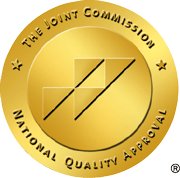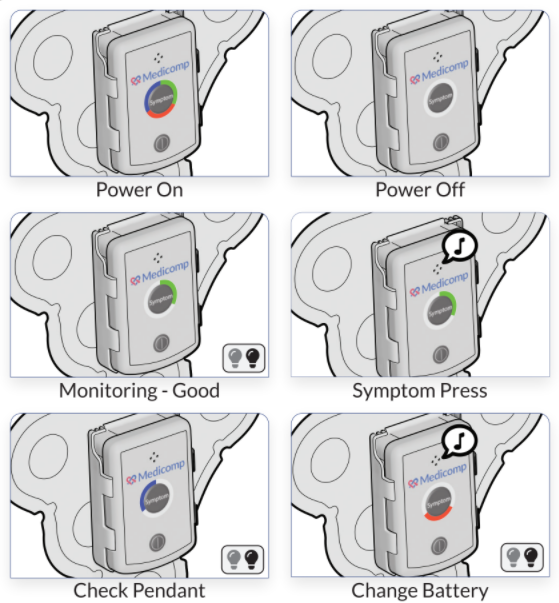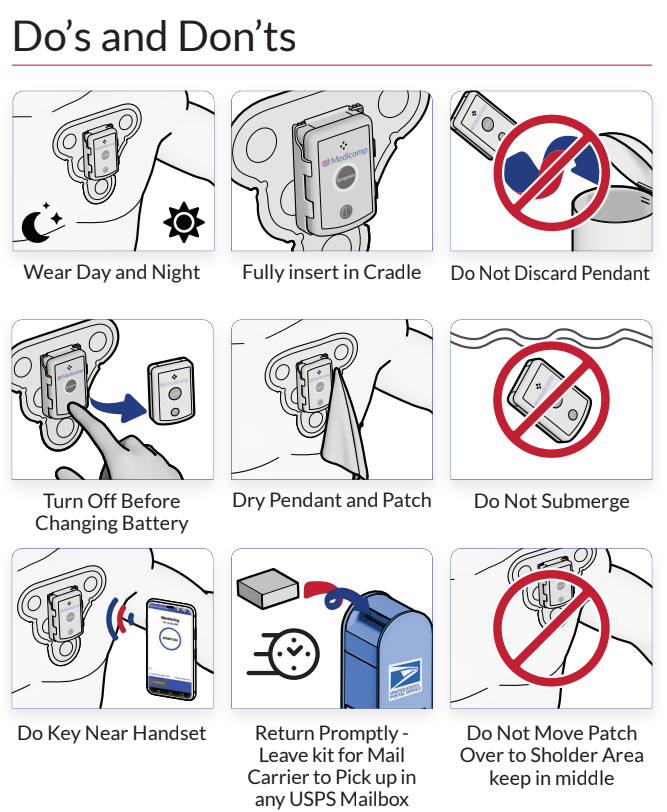Working out is important to maintaining a healthy heart and a healthy body. Athletes especially love training their bodies and keeping themselves in peak-performance condition. Some stick to strict workout schedules to maintain the strength and endurance that gives them an edge in their field of competition, while bodybuilders make an escalating schedule that works to push their bodies to grow and become stronger. Whatever end goal the athlete has in mind for their workouts, there are two things that will always be true: there is a peak heart rate to be reached during every workout and there is a point that pushes the body too far that should be avoided. So how do athletes find this target heart rate and avoid pushing themselves too far? The answer is a cardiac monitoring device.
Heart rate monitors are becoming popular for athletes, especially those training for triathlons and marathons. Athletes that regularly train while keeping their heart rate at the most optimal pace saw vast improvements in their performance. Why is this, and what makes finding the right intensity such a big deal? The answer is what is widely recognized as the pacing strategy.
It’s no surprise that over the course of an extended workout or athletic event that athletes begin to slow down. This is because once they have reached their peak speed they begin to slow, making it easier to endure prolonged activity. A pace strategy is an effective way to avoid the common reduction of speed in your middle and ending pace. By using your cardiac monitoring device to strategize your pace, you can use the saved energy to safely surge through your race or other workout activities.
Even for those who are investing in less intense overall workouts, a heart monitor can help individuals see results faster. The pacing strategy prevents individuals from falling off sharply before they have a chance to finish their workout. Pushing until the breaking point in a workout is dangerous and it does not signify optimal performance.
To find out more about working out and maintaining a healthy heart, visit our website today or call ReactDx Inc. to talk to us about our cardiac monitoring devices.



